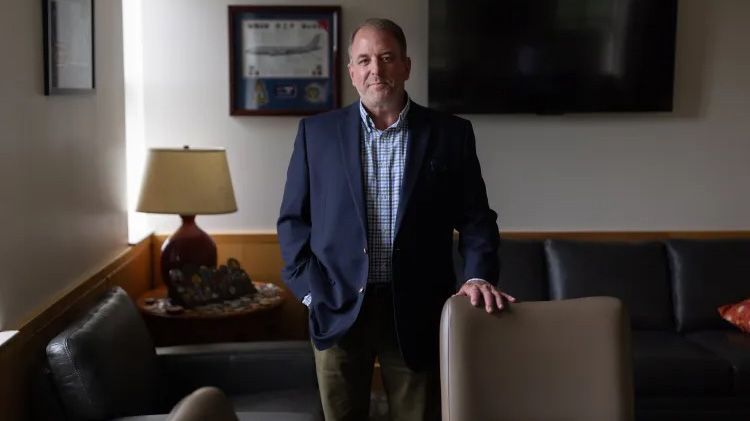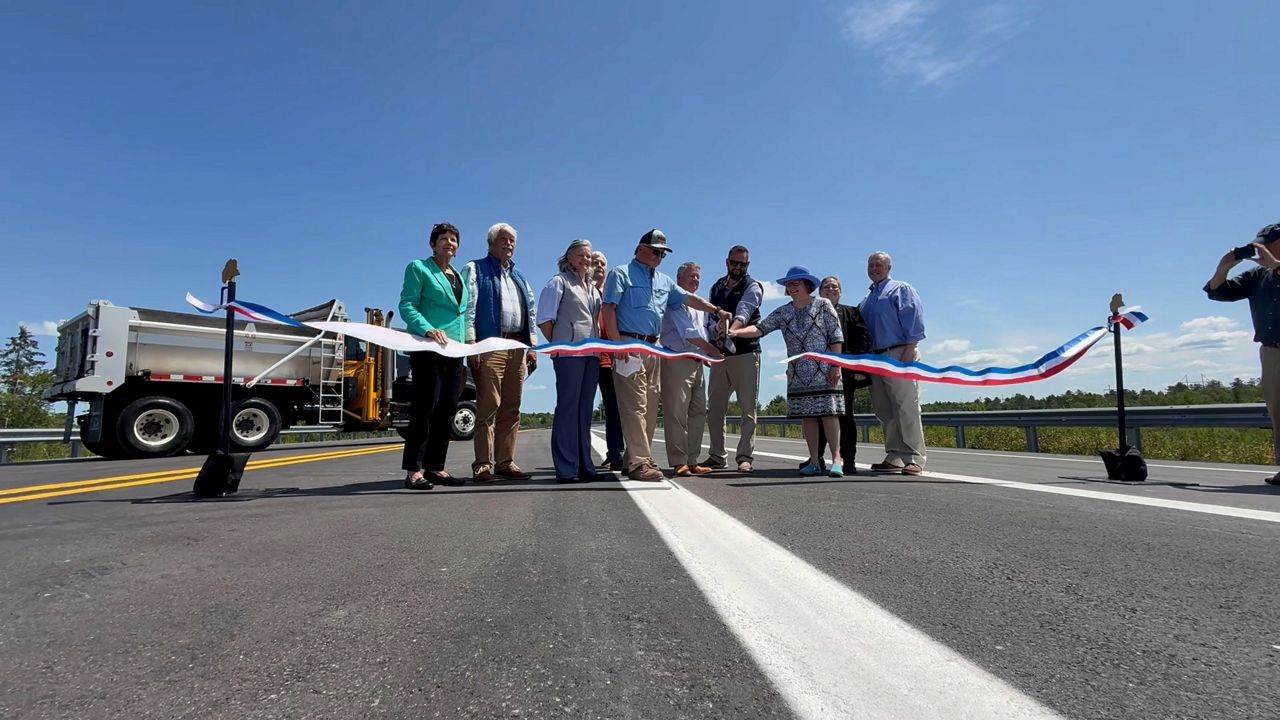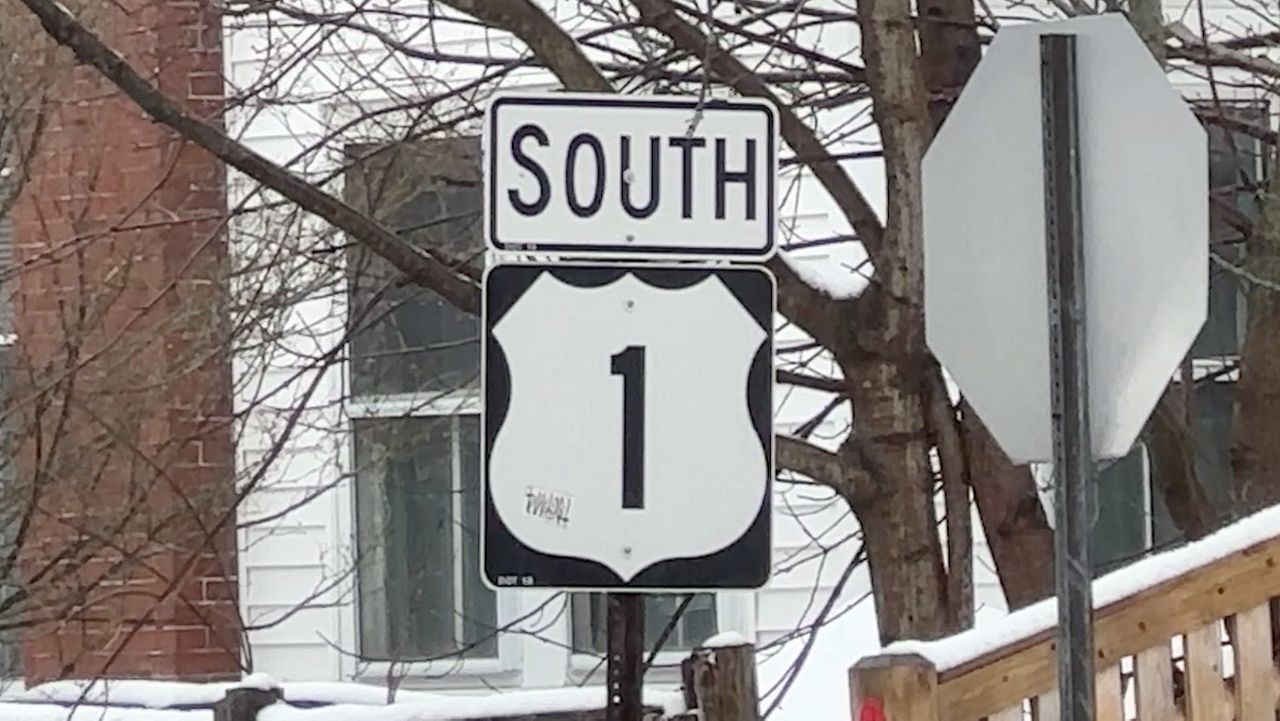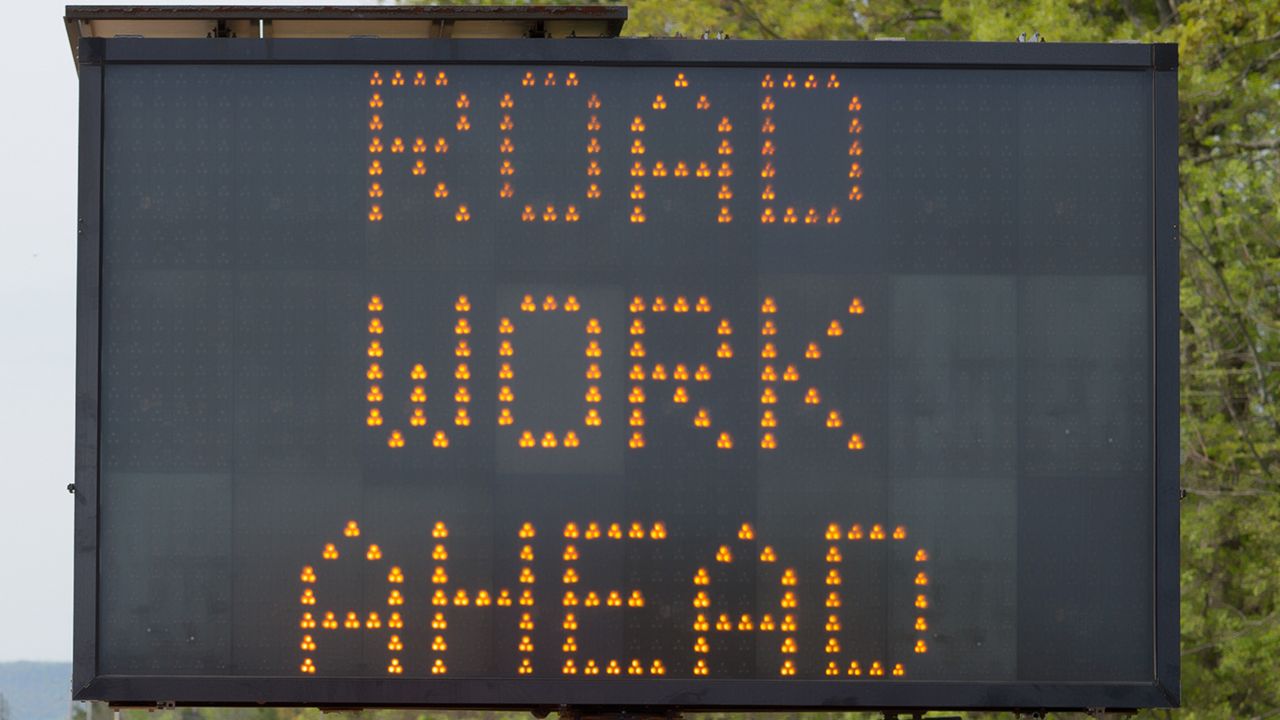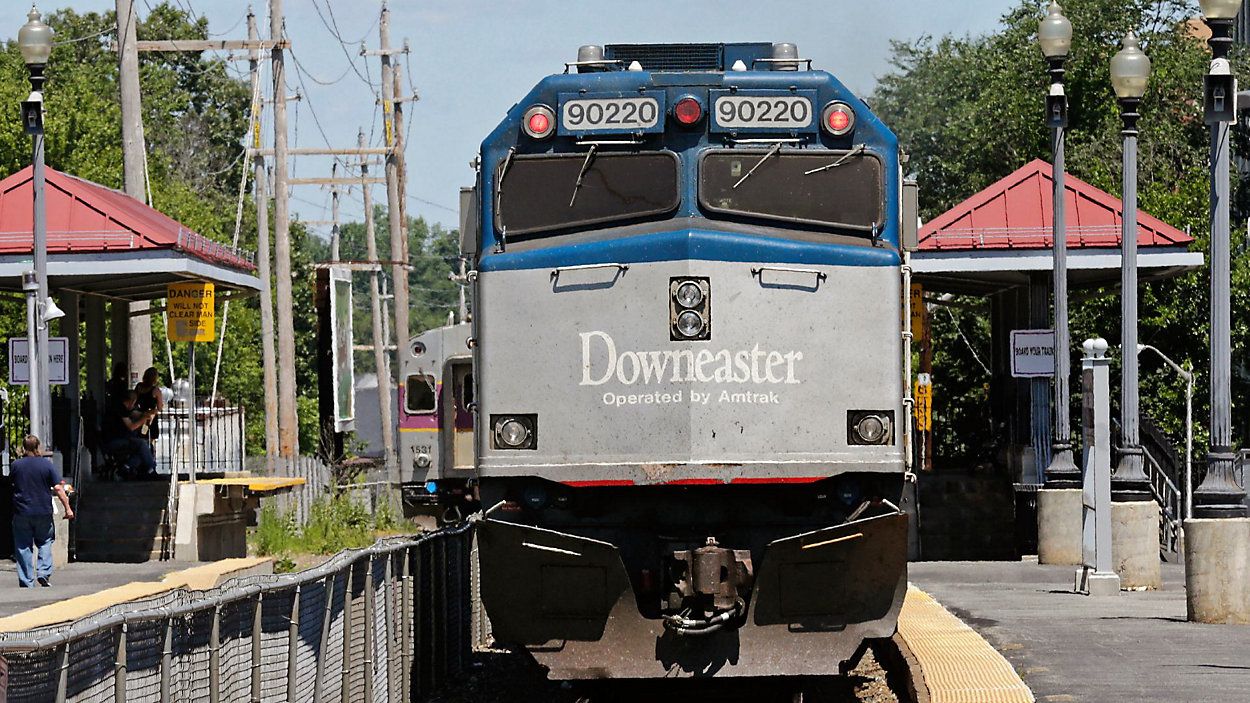AUGUSTA — Maine could reap nearly $62 million in annual economic benefit by extending the Amtrak Downeaster to Bangor and Orono, according to a new report from the Washington DC-based Rail Passenger Association.
Supporters of passenger rail, namely The Maine Rail Group and Train Riders Northeast, commissioned the study of proposed twice-daily service to Lewiston, Winthrop, Waterville, Pittsfield, Bangor and Orono.
“This makes good sense for Maine,” said Rep. Tavis Hasenfus (D-Readfield). “We build a bright future where people can take the Amtrak all the way to Orono, many colleges along the way, many stops in areas that will grow and feel the impact of this.”
Hasenfus is the sponsor of LD 487, which seeks to require the Maine Department of Transportation to apply for $500,000 in federal funds to study the feasibility of extending the rail line. The funds are part of $66 billion made available in the Bipartisan Infrastructure Act to expand Amtrak service.
The Hasenfus bill is currently tabled in the Maine House and nearly died in committee when a majority voted ought not to pass.
Hasenfus said he’s hoping the report will give the full Legislature information the committee didn’t have when it voted in April.
State transportation officials oppose the bill, saying they conducted a study that showed it would cost between $375 million and $538 million in start-up costs to extend the rail line.
“The corridor between Portland and Bangor has effective parallel highway routes that are uncongested, predictable, have traffic speeds up to 70 mph and provide for efficient travel times for personal vehicles and existing bus services in the corridor,” Nate Moulton, director of freight and business logistics at the Maine DOT.
But supporters say it’s important to consider other factors too, including the environmental impact of vehicle travel and the cost of continually repairing roads.
Jim Matthews, president and CEO of the Rail Passengers Association, said success with passenger trains in other parts of the country shows that when new service is available people take advantage of it.
“Our modeling suggests that all of the economic preconditions are in place in Maine to make a Downeaster extension not only feasible but a real winner for the state,” he said.
In addition to the economic impact, the report made other notable findings:
- More than 260,000 new riders in the first year
- $15.5 million in new visitor and traveler spending supporting 191 new jobs
- Nearly $10 million in reduced road maintenance costs for Maine municipalities
- Up to 5.9 million vehicle miles removed from Maine roads each year





)
